power socket/ point rewire & installation
Power Socket, Point Rewire & Installation: A Comprehensive Guide to Electrical Outlets and Power Sockets
Power Sockets and Power Point in Singapore
Singapore plug has three different types of jacks: C, G and M. Plug type C is a plug with two round pins. Plug type G has two rectangular pins with triangle shapes and type M is a plug having three round pins. In general, the Singapore electric plug and power plug socket are of type G. This type G is essentially a three pin plug, with two flat parallel pins and a grounding pin.
If your device doesn't match the type G socket outlet in Singapore, you will need a travel adapter. The Singapore voltage standard is 230 V, and the Singapore power frequency is 50 Hz. It's important to remember that a travel adapter does not change the voltage or frequency, so ensure that your device can handle the 230V - else you may need a voltage converter.
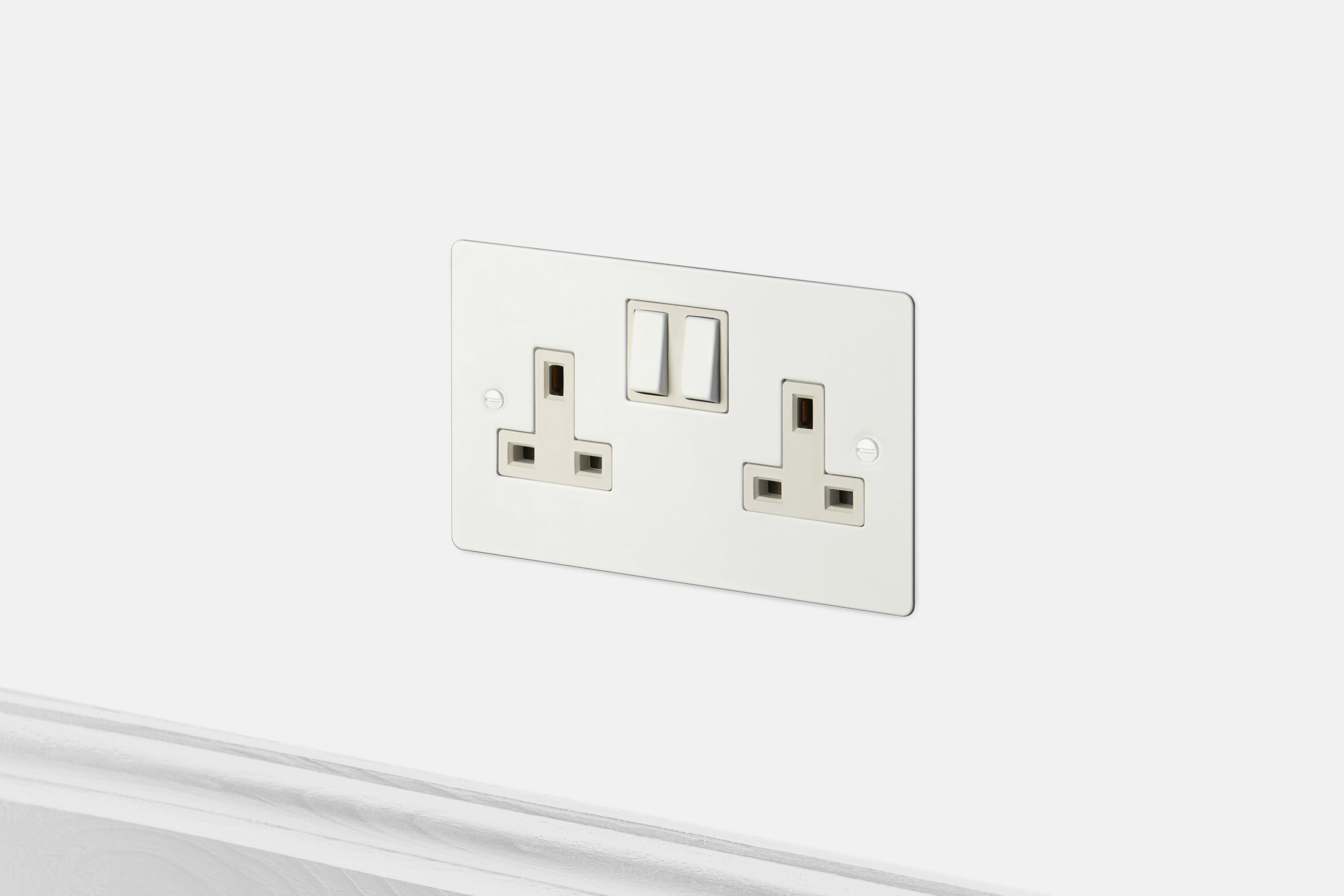
How Do Electrical Outlets Work?
Electrical outlets work by connecting the electrical wiring of your home or building to the electricity grid.
When you plug a device into an electric socket, it completes a circuit and allows electricity to flow from the grid through the outlet and into your device. The basic structure of an electrical outlet consists of a hot wire, a neutral wire, and a ground wire. The hot wire carries the current from the grid, the neutral wire balances the flow of electricity, and the ground wire provides safety by directing excess electricity to the ground.
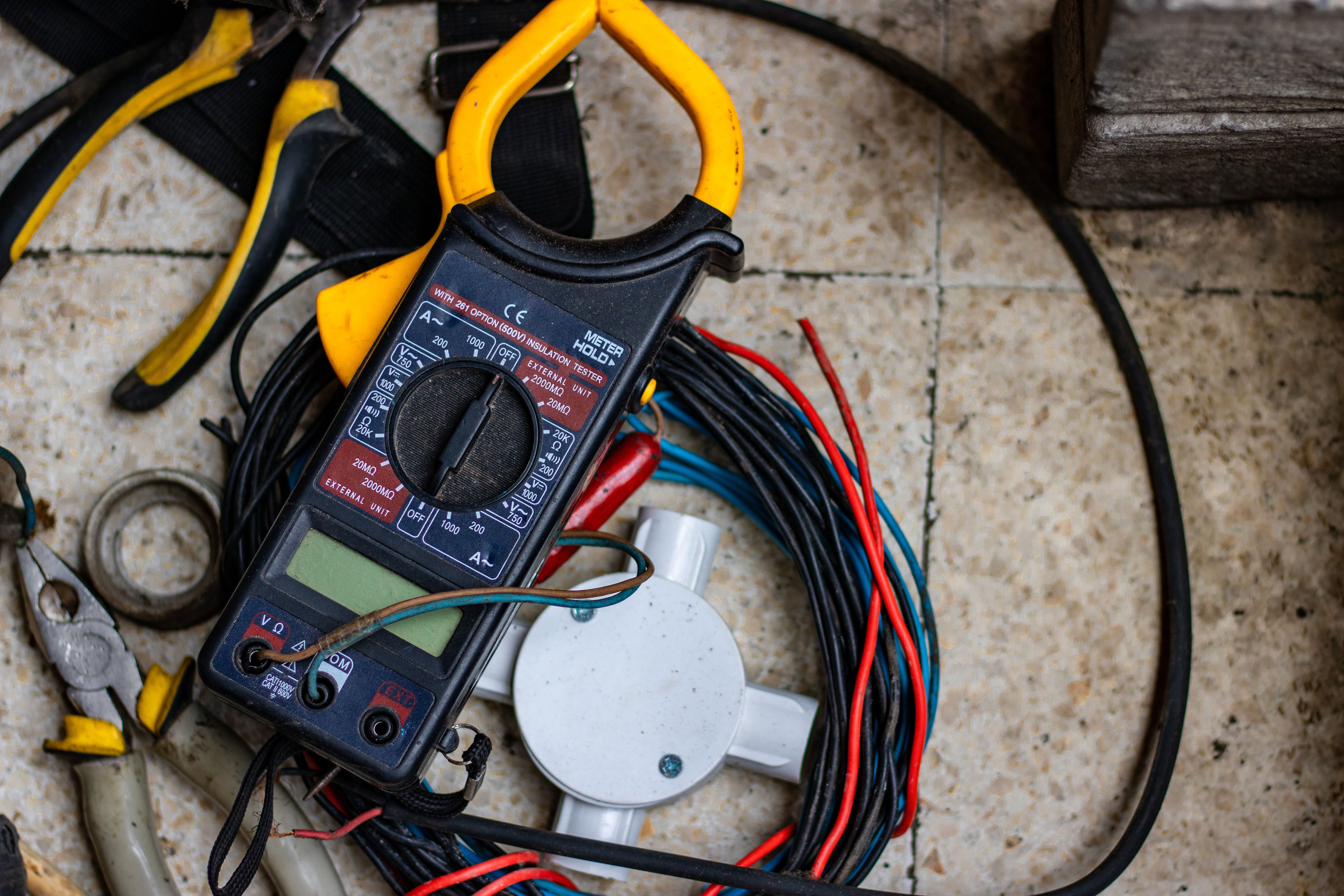
Electrical Point/ Socket Rewiring & Installation: When is it necessary?
It is necessary for electrical point/ socket rewiring & installation:
- If your electrical point/ sockets are old and damaged.
- If your electrical point/ sockets do not match the voltage and frequency of the electricity grid.
- If you want to add more electrical point/ sockets in a room or area.
Types of Rewiring Methods in Singapore: Casing and Concealed Method
In Singapore, there are mainly two types of rewiring methods: the casing method and the concealed method. These methods are vital when installing or updating a 13amp power point, which is common in many households and offices. Both methods ensure the safe and efficient transmission of electricity through wires, providing an earth connection as a safety measure. This is especially important when dealing with type G Singapore power socket, which are standard in Singapore. Both methods also ensure the optimal functioning of electrical outlets and power outlets, reducing the risk of electrical faults and accidents. So, which method is suitable for your needs?
- Casing Method: This method involves placing electrical wires within a plastic casing that runs along the surface of walls and ceilings. It is a cost-effective and easy-to-install option, making it popular in older buildings or homes with less wiring flexibility.
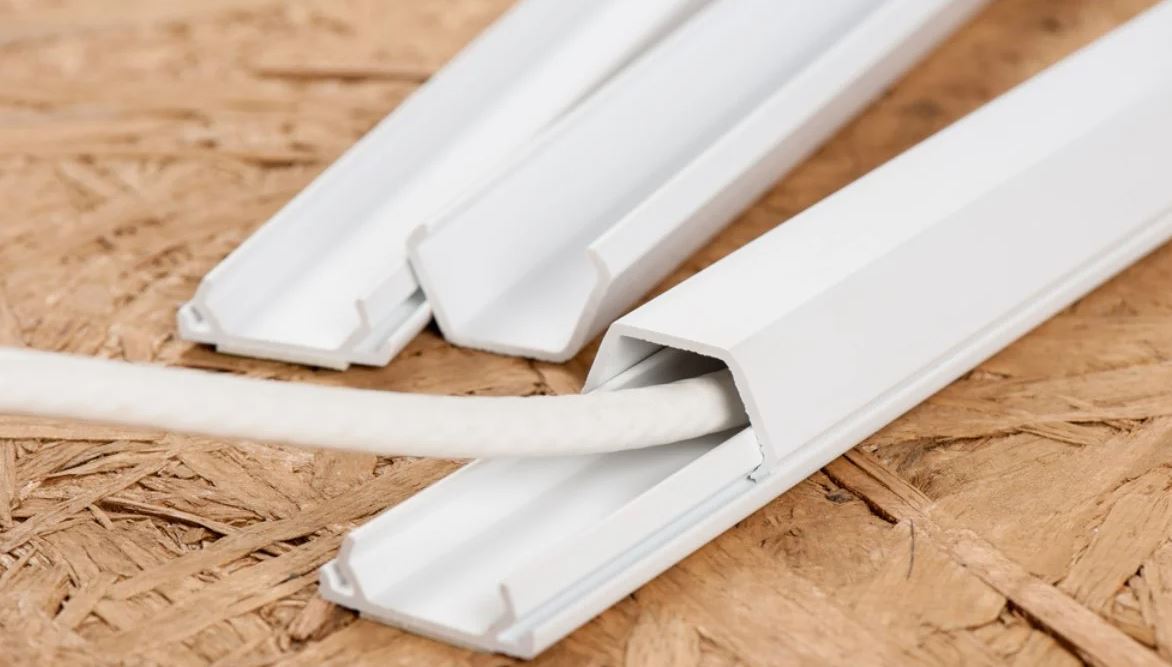
- Concealed Method: This method involves running electrical wires inside the walls and ceilings, and then sealing them with plaster. It provides a neater and more aesthetic finish, but it is also more expensive and time-consuming compared to the casing method.
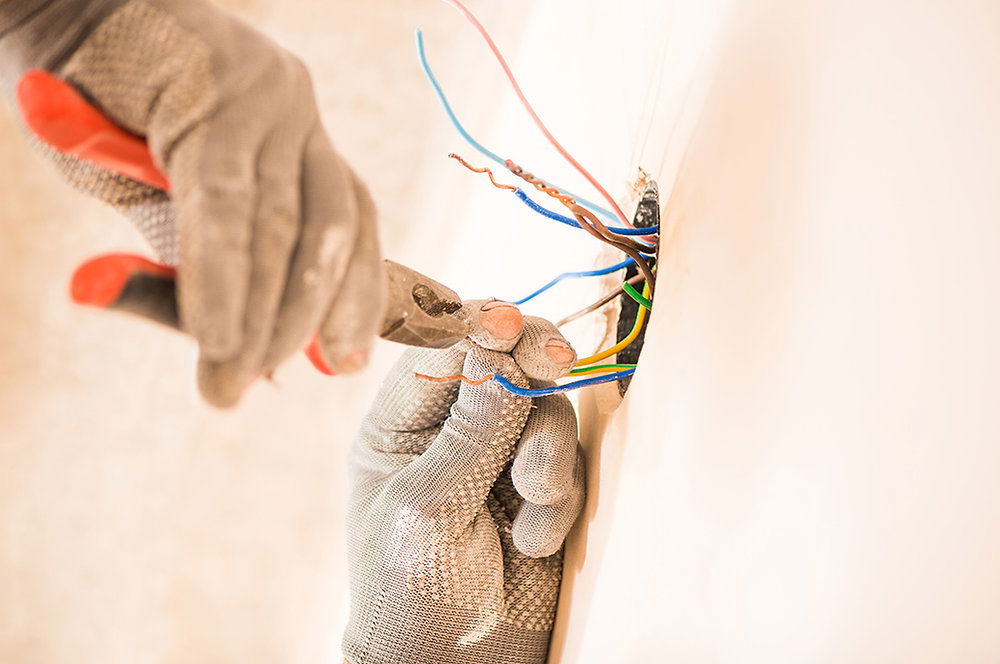
Factors to Consider when Choosing a Rewiring Method
When choosing a rewiring method, the factors to consider between the casing and concealed rewiring methods are:
- Budget: The casing method is generally cheaper than the concealed method, making it a more budget-friendly option.
- Aesthetics: If you prioritize aesthetics and do not want visible wirings on your walls and ceilings, then the concealed method would be a better choice for you.
- Flexibility: The concealed method allows for more flexibility in terms of placement and design of electrical outlets. However, if you have limited wiring needs or are working with an older building, the casing method may suffice.
- Time and Labor: The concealed method requires more time and labor for installation, while the casing method is relatively quick and simple to install. Consider your timeline and availability of skilled labor when making a decision.
Ultimately, the best rewiring method for your needs will depend on a combination of these factors. Consulting with a professional 24 hour electrician Singapore team can also help determine the most suitable option for your specific situation. Regardless of which method you choose, rewiring is an important aspect of maintaining a safe and functional electrical system in your home or building.
How much power can a socket handle Singapore?
Type G sockets are commonly used with a rating of 13 amps. In Singapore, the maximum power a socket can handle is 3120 watts. The value is obtained by 13 amps multiplied by the voltage (240 volts), which comes out to be 3120 watts. If you are not certain on your HDB's home power, schedule for an electrical inspection from a licensed electrician Singapore.
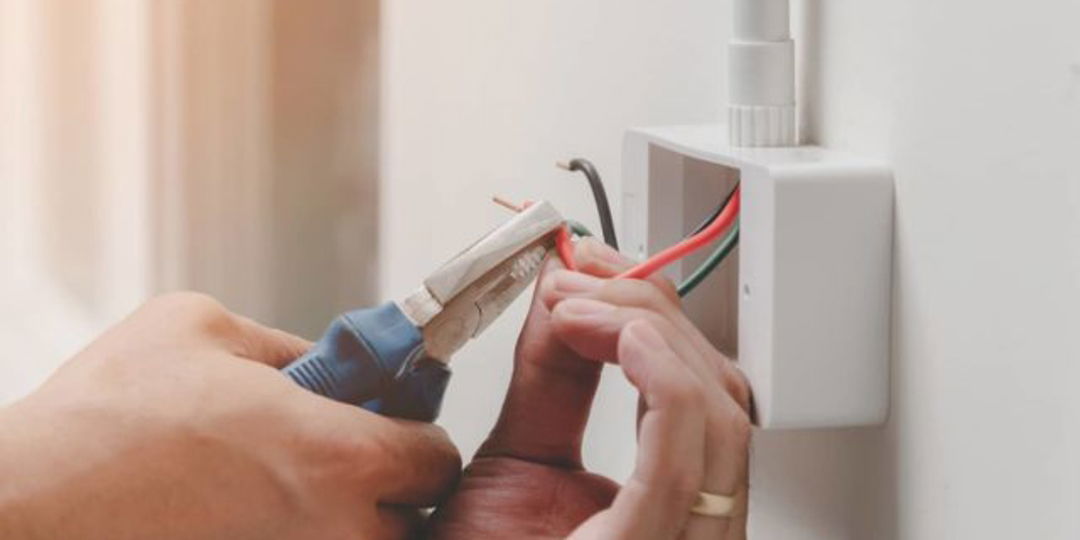
What is the difference between socket and outlet?
Between socket and outlet, the difference is that a socket refers to the actual receptacle that is attached to the wall and allows for electrical devices to be plugged in. An outlet, on the other hand, refers to the entire unit including the socket, wiring, and any attached cover or plate. In general, outlets are the complete unit while sockets refer to the specific part that provides power. However, both terms are commonly used to refer to any type of electrical connection point in a building. So, when discussing electrical repairs or any light installations services in Singapore, it is important to clarify which term you are referring to for clear communication.
How much does it cost to change a socket?
It costs S$20 - S$30 to change a socket. The exact price can vary depending on the manufacturer and the complexity of your electrical network. Typically, newer or high-end sockets may be more expensive due to advanced features and materials that offer better safety and durability.
It's crucial to ensure that the sockets are properly installed to prevent potential fire hazards and maintain the overall safety of the electricity system in your premises.
Regular maintenance and timely replacements help in maintaining a reliable and safe network of electrical connections throughout your home or building.
How much to install a power point in Singapore?
In Singapore, it costs S$20 - S$30 to install a power point. This price can vary depending on factors such as the complexity of the installation and the specific requirements of the devices you plan to connect.
Professional installations ensure that connections are made securely and are compatible with various appliances.
Renowned manufacturers like Legrand Galion Color Switch and Schneider Electric AvatarOn C offer high-quality connectors and sockets that provide reliable access to electricity.
It is extremely dangerous to handle electrical work without proper knowledge, as incorrect installations could lead to overloading and hazards. These are the top signs that you should replace your power socket.
Always ensure that your new appliances and adapters meet the required voltage standards to prevent any mishaps.
When upgrading or adding outlets, consulting with a qualified electrician helps to guarantee safety and functionality, offering peace of mind for users in Singapore.
For other electrical services, you can check out our complete electrical work price list for residential buildings in Singapore!
What switch socket does Lito Electrical Service uses?
Lito Electrical Service uses switch socket brands such as Legrand Galion Color Switch and Schneider Electric AvatarOn C.
Discover the high-quality, reliable sockets from these renowned brands that ensure both functionality and aesthetic appeal in electrical installations.
Contact Us For Electrical Point/ Socket Rewire & Installation